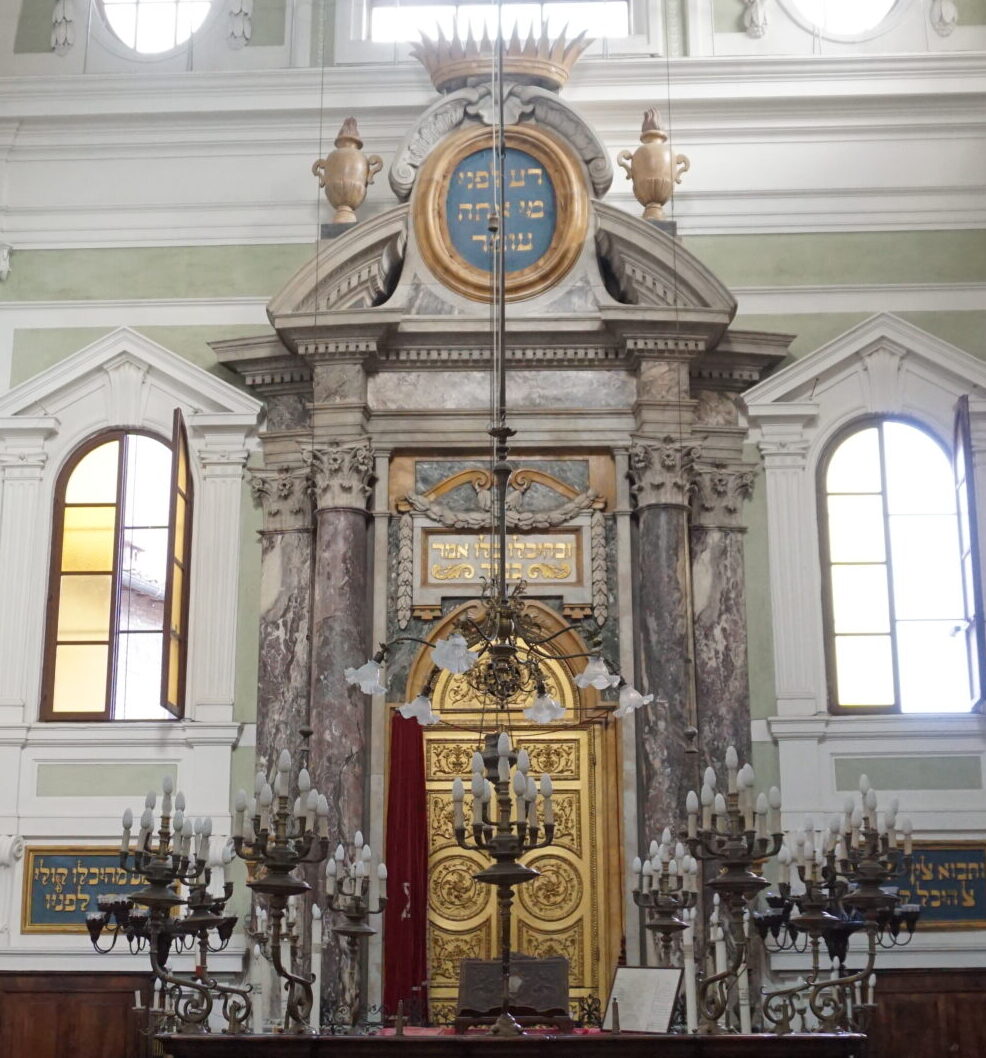ISJM encourages scholars and preservationists to better investigate women’s place and space in synagogues and all other types of Jewish buildings and public spaces. We have been changing the way we encounter synagogues to always include the placement of women, and to see the space and liturgy from the women’s as well as the men’s.
The aim of this new project is to prepare a consistent comprehensive and comparable data from a variety of locales and synagogue types. The study is focused on women’s’ spaces and NOT main sanctuaries. Men’s’ spaces will be described only as they would be experienced by women. In this study, men’s spaces are adjunct locations; reversing traditional methodology.
Previous visitors and researchers of synagogues have mostly failed to adequately describe the space and place allotted to women as its own locale and in relationship to other synagogue spaces (courtyards, doorways, vestibule, stairs, and main sanctuary) but also auxiliary spaces (social halls, meeting rooms, classrooms, offices, etc.) Even the best accounts usually fail to consider women’s seating, sight-lines, ability to hear, as well as heat, light, ventilation, and gendered decoration, etc.
In recent years there has been much discussion in historical and architectural writing about gendered space. Obviously, men’s and women’s sections of traditional synagogues are clear examples of such places, but these have not been much explored in such terms as one might expect. There has been a great increase in research and archaeological excavation of mikva’ot and it is mostly this topic that now dominates discussion and writing about “women’s space” in the Jewish world.
Despite universal awareness of the traditional separation by gender in synagogues there is been little detailed and consistent documentation and analysis of these spaces across time and place. The planned study is an important step in architectural and design history in giving women’s spaces their due. The result should produce a more detailed view of women’s changing place in Jewish communities – and the way synagogue designers (and their patrons) embraced or impeded that change. This documentation can also be used comparatively with other “Jewish spaces” and with changing norms and expectations of gender separation in European Christian and secular culture.
— Samuel D. Gruber
Read more here:

